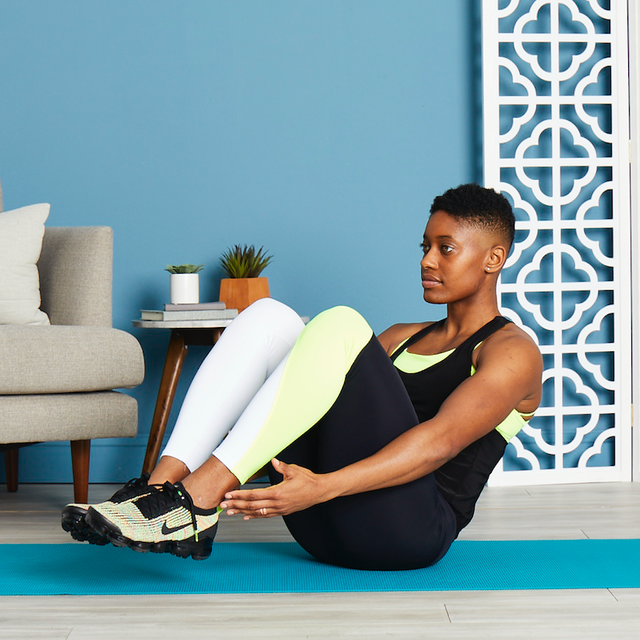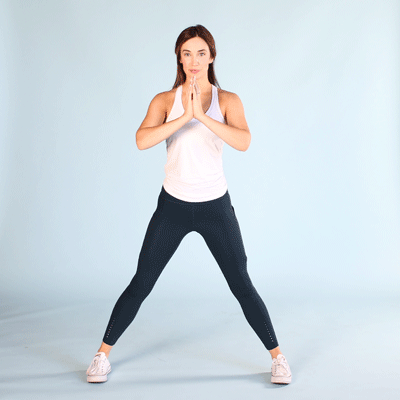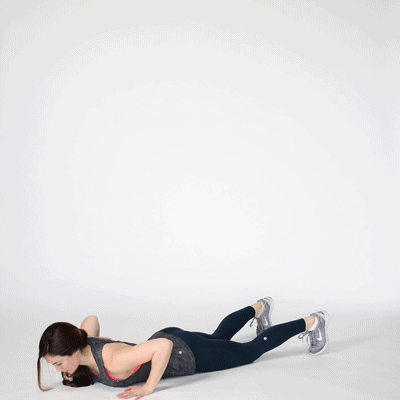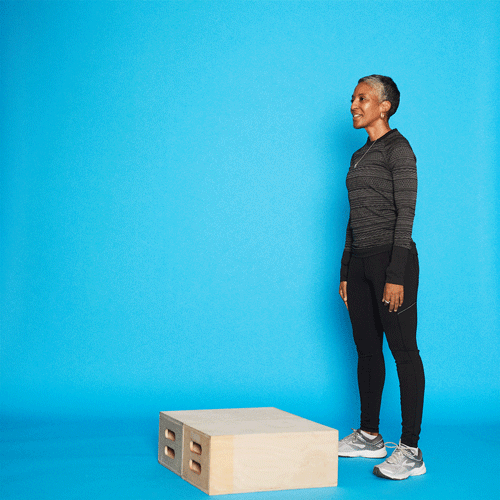Recently, I had great concerns about a friend’s sedentary lifestyle. Having watched how less of physical activities he engages in, I had to share some routines to help him improve his lifestyle, overall health, and body performance.

What is What is Body Conditioning Exercise
Body conditioning exercises target your whole body, using various kinds of workout regimens to build up muscles, also to strengthen, shape, and improve your body physique aiming to enhance heart rate performance.
Conditioning combines several forms of exercise, such as flexibility, strength, and resistance training to achieve an individual’s interest while boosting cardiovascular system performance.
Conversely, it is important to note that body conditioning offers a wealth of promising benefits targeted at your overall health and fitness level.
It is often advised to frequently engage in these moves to build strength, agility, coordination, and speed. This allows you to improve your athletic performance or fitness level and helps you feel better while going about your daily routine.
Health Benefits of Body Conditioning
Exercises are extremely beneficial to your physical health and overall well-being, making them a necessary component of any fitness regimen.
Here are some health benefits of incorporating workouts to your daily activity
To Improves cardiovascular health performance
The sole advantage of these exercises is to boost your cardiovascular and respiratory systems, lowering your risk of developing heart disease and type 2 diabetes.
Additionally, they strengthen your musculoskeletal system, slow down bone loss, and improve bone density, all of which help prevent osteoporosis.
To help burn calories
According to Mayo Clinic, Increased muscle mass helps you burn calories and stay fit. Muscle cells burn more calories than fat cells, even while at rest. It is important to perform strengthening exercises since aging causes muscle loss and slows your resting metabolic rate.
To Boost cognitive development
Frankly, conditioning your body helps you feel better overall as you gain confidence, reduce depressive symptoms, and feel better mentally.
Citing a 2019 study, strength training may boost your mental function and prevent cognitive decline. The research extensively shows that middle-aged and older adults who participated in 12 weeks of intense resistance training showed improvement in their delayed verbal memory performance when compared to the control group, who didn’t participate in the exercise.
To builds strength and muscle
As you progress to build muscle and trim the fat in your body, you will have more power, stamina, and agility while doing daily tasks, such as lifting heavy items, carrying large bags, and climbing stairs. Your muscles work faster and more effectively, making all kinds of movement easier, from reaching down while in a seated position to jumping higher during a volleyball game.
To enhance body flexibility
Training exercises condition your body to open up and move in new ways. Muscle lengthening and extension are essential for increasing flexibility, range of motion, and mobility.
Balance, stability, and coordination will also improve. All of these things help to prevent injury and falls, which are common as you get older. You may feel more inspired, motivated, or confident as you begin to feel better in your body.
This can have a positive impact on other aspects of your life. You may feel more confident moving your body in new ways after participating in kickboxing, ballroom dancing, or a rock climbing course
How to begin a body conditioning session
To begin the body conditioning exercise, you have to adhere to a 4 simple routine to avoid injuries and experience undue burnout and fatigue. This session of your exercise should begin with a warmup, conditioning, that is the training proper and then the cooldown phase.
Conversantly, each of the phases plays a vital role in helping you reach your fitness goals while maintaining your health and safety.
The warm-up stage
The warm-up stage of exercise prepares your body for the conditioning portion of your workout routine.
Warming up prior to the main exercise allows your body to gradually adjust to the increased demand on your heart, muscles, breathing, and circulation.
Warm-ups also aid in the regulation of the body’s temperature, the improvement of flexibility, and the prevention of injury and muscle soreness. Warm-ups also include light aerobic activities such as walking, jogging, stretching, and others.
Stretching stage
Stretching and range-of-motion exercises are frequently performed as part of your warm-up session or immediately following your main workout routine.
Stretching all of your major muscle groups for five to ten minutes before and after intense physical activity is recommended.
Stretch and relax the muscles slowly and gently, without jerking or bouncing, and hold each stretch to allow the muscles and tendons to tighten.
Conditioning/ Training stage
In this session, the targeted exercise that produces fitness benefits, such as calorie burning, building endurance, or muscle strengthening is being carried out. You may choose an aerobic exercise, such as swimming or the elliptical jogger, or you may lift free weights, perform circuit training on weight machines or play a high-intensity sport such as soccer or basketball.
The cool-down stage
The cooldown stage concludes your workout by giving your body time to recover. After you successfully complete the fitness training phase, you must keep moving to cool down.
Cooling exercises should allow your heart rate, blood pressure, and body temperature to gradually return to normal. A gradual reduction in physical activity, such as slow walking, is an effective way to cool off. You can also cool down with some stretching movements.
Types of exercises
Lunges

This exercise uses the muscles along the sides of your legs, targeting your hips, glutes, and thighs.
How to:
- Stand with your feet shoulder-width apart.
- Press firmly into your right foot as you take a big step to the side with your left foot.
- Slowly lower your hips down and bend your left leg, keeping your right leg straight.
- Raise back up to standing, and step your left foot back to the starting position.
- Do the opposite side.
- Do 2 to 3 sets of 5 to 10 repetitions.
Low Squats
To do this,

- Stand with your feet slightly wider than shoulder-width.
- Slowly lower down into a squat position.
- Engage your core and lower body as you jump explosively, extending your arms overhead.
- Lower back down to the squat position as soon as you land.
- Do 2 to 4 sets of 10 to 15 repetitions.
Burpees
To make this exercise more effective, do 2 to 4 pushups in a row while in the plank position.

How to:
- Stand with your feet shoulder-width apart.
- Slowly lower down into a squat position.
- Place your hands on the floor directly under your shoulders.
- Walk or jump your feet back to come into a high plank.
- Walk or jump your feet to the outside of your hands as you come back into a squat position.
- Engage your core as you jump up as high as you can, and extend your arms overhead.
- Do 2 to 3 sets of 8 to 15 repetitions.
Split jacks
This total-body cardiovascular exercise targets your glutes, quads, and hamstrings.
How to:
- Stand in a lunge position with your left foot forward.
- Extend your right arm overhead and left arm alongside your body.
- Jump and switch the position of your feet to bring your right foot forward.
- At the same time, change the position of your hands by reaching your left arm overhead and your right arm back.
- Continue for 30 seconds.
- Repeat 2 to 4 times.
Jump Box
How to:

- Place yourself in front of a box or a solidly built bench.
- Jump onto the box with both legs, raising your arms overhead.
- Jump back down to your starting position, slightly bending your knees as you land.
- Perform 2–4 sets of 8–15 repetitions.
Important things to look out for?
Before you begin a new body fitness journey, you should have some level of fitness, energy, and mobility to move through these positions with ease, this can adequately be determined by health experts. However, If you are concerned you are not fit, It is best advised you check in with your doctor or an expert.
Conversely, If you are new to fitness or have sustained any injuries or medical concerns, you are required to tread cautiously and begin slowly. Also, modify the exercises to fit your body as necessary. This way you can get used to the movements before moving on to more difficult moves.
Furthermore, talk to your doctor if you have any medical conditions, are on medications, or are concerned with a specific area of your body.
Ensure you have a warmup and cooldown stage before and after your workout session so your body is properly adjusted. Use the correct form, technique, and alignment while doing these exercises. Avoid any movement that causes you pain or discomfort.
Lastly, observe your body. Take a rest day, or choose a relaxing activity on days you are sick, tired, sore, or injured.
Finally
If you perform these body conditioning exercises, it will keep your entire body fit, strong, and agile. Following a healthy and safe exercise plan improves how you feel while exercising and going about your daily activities. It can even help you sit better at your desk or while driving.
Stay hydrated, eat a healthy diet, and get plenty of quality sleep each night in addition to your fitness plan.
Continue to push yourself to learn new movements regularly. Enjoy all of the benefits that a well-rounded fitness plan can provide.
Disclaimer: The above information written in this article is solely meant for informational and educational purposes only. The article written/published does not intend to diagnose, treat or cure any disease and should not be treated as medical advice. Seek Professional help when necessary.
References:
“Journal of Science and medicine in sports”
“Mayo Clinic”
“Web Images”






